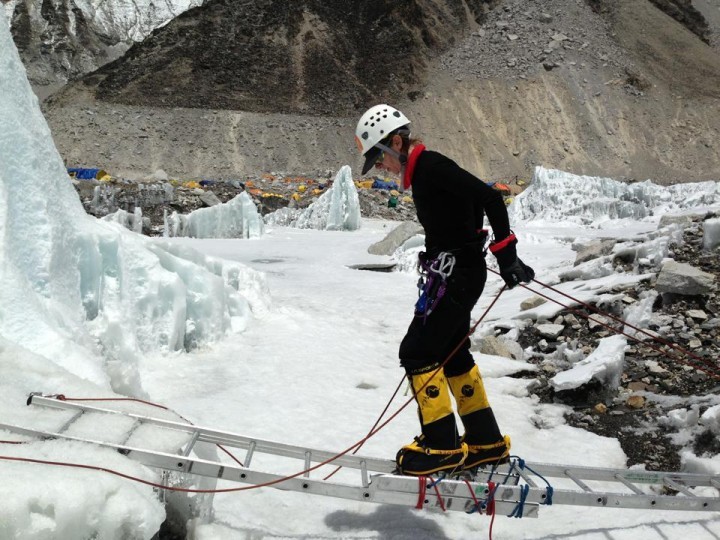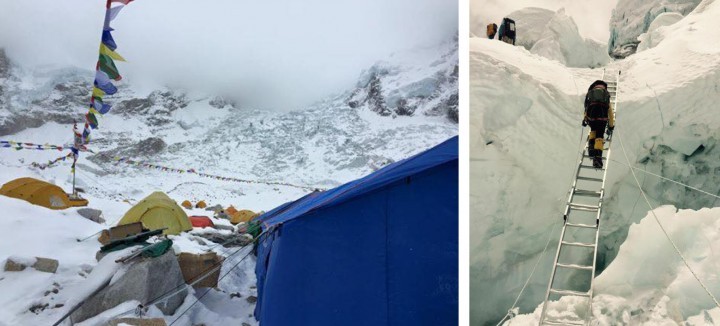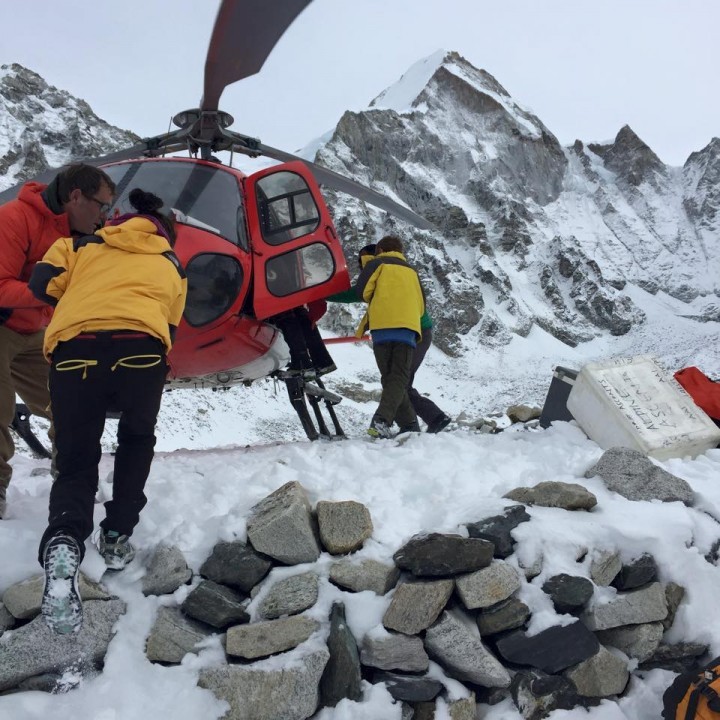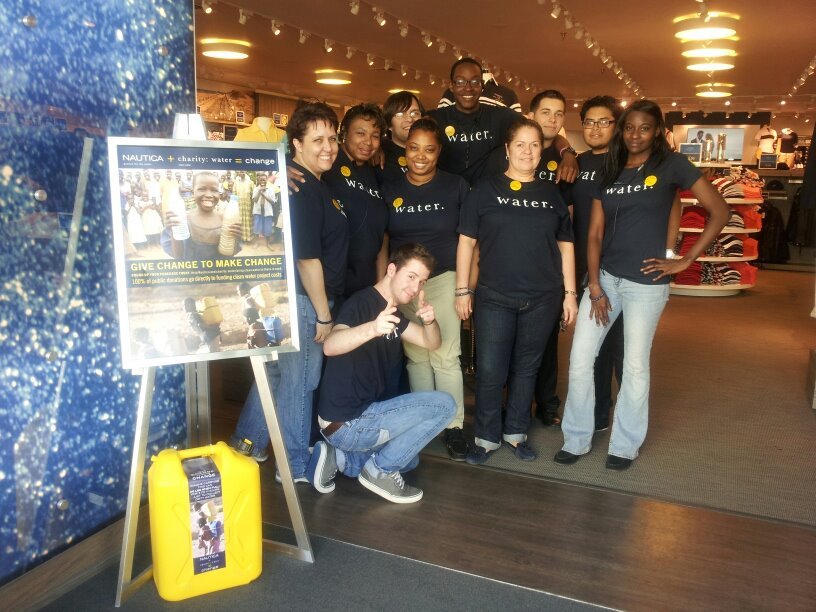Aftermath of a Disaster: What’s ahead for Nepal?
In Nepal, things are getting worse. But they will get better.
After a disaster like the 7.8 earthquake that hit Nepal last Saturday, it’s easy to feel like aid takes far too long to arrive. Especially when people are still sleeping outside through aftershocks while food, water, and medical supplies dwindle.
Help is coming for Nepal. It simply takes time.
Christoph Gorder, our Chief Global Water Officer, has 16 years of experience working in disaster relief. He has responded to 11 earthquakes in the past—as a first responder, working on the ground, and running overall operations.

He’s heading up our earthquake relief and recovery efforts and he helped write this article to shed light on the situation in Nepal, outline the challenges ahead, and explain why things often get worse before they get better.
The Current Situation
The last four days have felt like an eternity, but we are still very early in the disaster. The information coming out of Nepal is fragmented and the situation on the ground is very chaotic.
Here’s what we know: The death toll has passed 5,000. Around 10,000 people are injured. Millions are affected and in need. Relief teams have not yet been able to reach many outlying areas.
Even in a developed country like the US or Japan, a disaster this big overwhelms the system’s ability to respond. Nepal is one of the poorest countries in the world and their government was weak to begin with. For example, the Nepalese military has only one large helicopter to ferry victims and supplies to those in need.
On the ground, first responders like policemen and firemen have become victims themselves; they’ve been injured, lost loved ones, or lost their homes. Everyone in the affected area is suffering.
The country’s infrastructure has been torn apart. Roads are impassable because of landslides and debris, the electrical grid is knocked out, and communications systems are very damaged. In many places, there’s no running water. It took several days just to get the airport up and running, so planes carrying aid could land.

The Coming Days
In the coming days, we will hear many more stories of suffering. But we’ll also start hearing stories of hope—of ordinary people doing extraordinary things. Nepalis are doing everything they can for their neighbors. They’re saving lives, sharing their homes, and supporting one another through fear and grief.
For people in crisis, it can feel like help will never arrive. But it will. Though the situation is terrible, the people of Nepal are not alone.
Within hours of a disaster like this, the international community puts their response teams into play. Organizations like ours rallied teams and put emergency plans into action. Relief efforts are ramping up. Hundreds of planes are heading to Kathmandu with relief supplies and aid workers. Some have already landed.
Help for Nepal is on the way.
The Coming Weeks
First, relief efforts focus on meeting people’s most urgent needs: access to water, sanitation, food, and shelter. By the second week, relief efforts should gain momentum. charity: water staff are already in the region.
During the coming weeks, clean water and sanitation will be critically important; especially in the overcrowded areas of Kathmandu, there’s a high risk of spreading disease. Our partners on the ground will be actively working to prevent that by supplying clean water for people in need.

Further Down the Road
Recovering from a disaster of this magnitude is no small task, but in time, Nepal will turn its eyes to rebuilding. Months from now, people in Nepal will still need our help. And we will be there.
In the past five years, we have invested nearly $5 million in clean water and sanitation projects in Nepal. We’re more committed than ever to helping the Nepalese people.
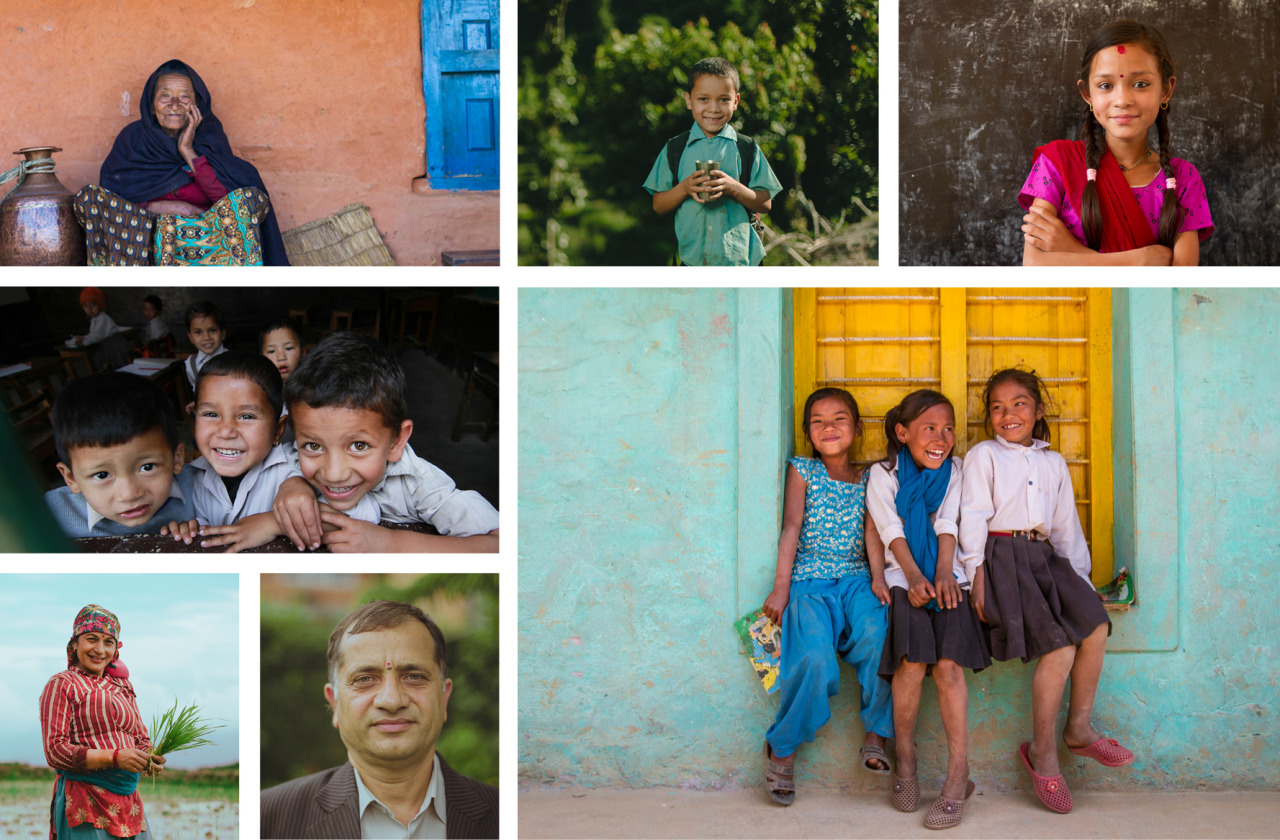
Now and in the future, we’ll continue our work bringing clean water and sanitation to people in need. Where systems are broken, we’ll work to get water flowing again. Where we’ve planned new projects, we’ll fulfill our commitments.
We are in this for the long haul.
Our Work
We already have charity: water staff working in the region, coordinating with local partners and major relief organizations.
Our immediate efforts are focusing on providing clean water and sanitation for earthquake survivors. In the long term, we’ll be rehabilitating damaged water systems in communities we’ve served in the past.

Many of our projects are serving schools in Kathmandu, where we’ll be working with other aid organizations to get kids back in school as quickly as possible. Having clean water at those schools will be a critical part of keeping people healthy.

In Kathmandu, we’ve already started initial damage assessments. As rural areas become accessible, we’ll assess them, too. Wherever there is damage, we’ll be putting together recovery plans to get water flowing again.
Your Support
In the days since the earthquake, thousands of you have donated to support our relief efforts. We cannot thank you enough.
We couldn’t be prouder of our generous supporters. If you haven’t already, please give to Nepal. You can make a real difference for earthquake survivors. Give to Nepal. 100% will go to earthquake relief and recovery.
Together, we can help Nepal heal.



